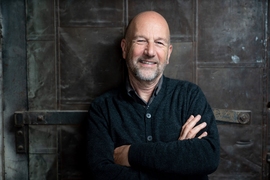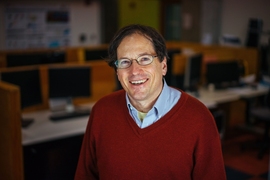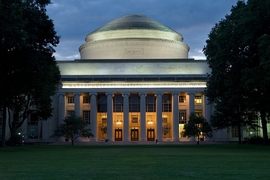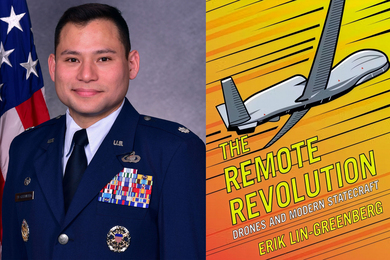Since February, five working groups have been generating ideas about the form and content of the new MIT Stephen A. Schwarzman College of Computing. That includes a Working Group on Faculty Appointments. Its co-chairs are Eran Ben-Joseph, head of the Department of Urban Studies and Planning, and William Freeman, the Thomas and Gerd Perkins Professor of Electrical Engineering. MIT News talked to Ben-Joseph and Freeman about the group’s progress and ideas at this point.
Q: What are the major issues your working group was formed to address?
Freeman: It’s a really big opportunity to have this college. And now we have to decide important things, such as: How does the electrical engineering and computer science department (EECS) relate to the new college, and how does the rest of the university relate to it? The big sense I got from our working group is that people really want to be included and don’t want to be left out. How faculty appointments are made is important — to make sure existing faculty are included, and of course that new faculty are included as well.
Ben-Joseph: With the horizontal structure [of the college, which spans MIT], we also want to make sure we are strengthening computation and computer science at MIT and not weakening it. We wish to create a structure that engages everyone across the Institute who’s interested, while maintaining the strength and position of computer science within MIT — you have to strike a balance between what we have, what we want to have, and to include both existing faculty and new faculty, in a way that’s meaningful. That’s what we had the most conversations about. For me our committee was a great example of how we might answer all of this, and figure out new systems because we were diverse, and able to bring to the table different opinions while respecting each others’ positions.
Q: What are some of the specific ideas you addressed — both in terms of hiring and retaining faculty with interdisciplinary interests, and assessing the range of disciplines in which faculty might be hired?
Ben-Joseph: First of all, we were looking at the existing faculty and what might be the relationship between EECS, and other faculty. For example, do all the computer science and EECS faculty automatically become members of the college, even if a department does not move into it?
We also spent a lot of time on the subject of multicommunity faculty, which is our preferred and recommended name for what has been called “bridge faculty.” We want to create an inclusive community [in the college] while understanding that for some faculty, that’s the core of their profession. We spent a lot of time trying to think about how people will be associated with the college if they join from other departments. And with new faculty, particularly junior faculty doing interesting new research and breaking new disciplinary ground, to make sure that there will not be the issue of, where do they belong, who’s mentoring them, what is their path for tenure?
When you look at hires, one scenario could be that a department might initiate a suggestion of a particular hire. So that department would still be the home department, but you might still need two thumbs up — the college would still have a say about the hiring, but really it’s the department that has to take care of the particular individual and their ultimate academic success. One option we considered is if there’s a new faculty hiring, half of the line comes from the department and half comes from the college, so there is a stake for the department to be involved.
Freeman: There is a tension between having a critical mass in some areas and having academic diversity with many different departments participating. One solution the working group proposed was to have intellectual clusters within the college, which would span different departments but develop a critical mass even in some areas you might consider interdisciplinary.
Eran Ben-Joseph: So you could start organizing clusters around different topics, for example a cluster in climate science and climate action. You could be working in computational ecology, or risk and uncertainty, or climate modeling, and AI within the cluster. What will hold it all together is the focus on computation.
Q: What is the path forward, at least in terms of community input?
Freeman: I think we need to present our results, and I think the community needs to read them and comment on them. And we need to listen to that. There are some points when decisions will have to be made, responsively, to the comments of the community.
I’m from computer science, and the new college addresses everyone’s livelihood, so the level of engagement has been extremely high. And outside computer science, the interest is also extremely high, because computing is everywhere, and the college is an opportunity to enhance research and teaching. So, everyone wants to have an opportunity to take part.
Ben-Joseph: We hope people understand these are suggestions, frameworks; it’s a starting point, and hopefully things will evolve. Nobody expects that we will hire 50 faculty tomorrow. It will take a few years. Some of our ideas and proposals may work, but some may not, and hopefully things will change for the better. Also, we should emphasize that there are other teaching faculty at MIT — lecturers, technical instructors, and staff, whom we depend on and who are part of our community. We had less of a chance [in this working group] to address their needs and opportunity for engagement with the college. We must include them as part of the conversation.












